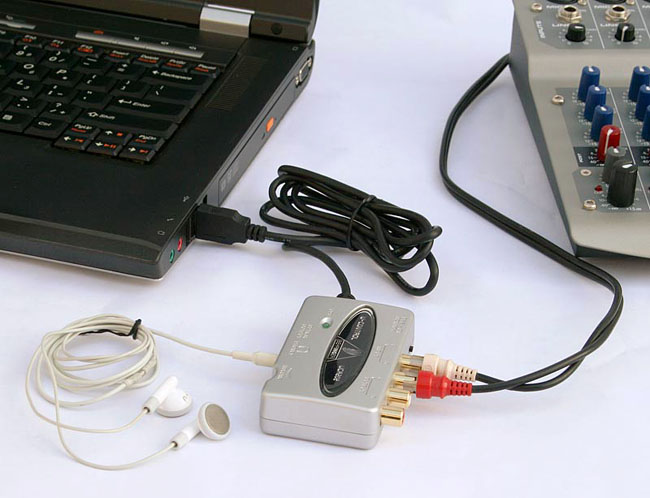To your computer’s audio line input, hook up the line level output from a phono stage that has the standard
RIAA equalization curve…NOT the IEC curve, which rolls off the infra-bass range.
That’s from the instructions you quoted. Bass notes don’t “fit” in a phonograph groove, so they are attenuated by a standard amount before the record is pressed. That’s the RIAA thing. So you have to get rid of that “distortion” before you do any measurements. Also, there is a specific “personality” (input impedance) that the RIAA preamp needs to meet what the cartridge is expecting. If you don’t have a good Phono Preamp, then none of the readings will mean anything.
your computer’s audio line input
in to laptop in using the mic jack.
Those are different. Computer makers have been trying to make the difference between Line-In and Mic-In vanish forever. It’s an uphill battle. They settled on one connection with a poor Line-In and a rotten Mic-In. Not the kind of thing you want for a scientific measurement. A lot of the time it’s mono and not stereo, or “fake” stereo where they duplicate Left instead of giving you Left and Right sound. Many people never catch on.
Older Macs had actual stereo connections (circle with two arrows). I’ve done commercial recordings with that connection.

My new-ish Mac Mini still has one. All the rest of the time you can use a “real” stereo line adapter such as the Behringer UCA-202. Here’s one digitizing my stereo sound mixer.

a hifi test record
That’s the CBS Labs thing, right? Yellow cover? I have one of those in the collection.
banging my fist around the record player
The cartridge doesn’t do up and down and side to side. The music is pressed orthogonally. Upper-Left to Lower-Right and Upper-Right to Lower-Left. Straight up and down and simple side to side have very different characteristics and that was the only way they could get the differences to cancel out for stereo sound. So I think your test record is going to give you a lot more information than bumping the turntable.
Also, as DVDdoug above, Many systems don’t do anything below 20Hz. There is no entertainment reason to do sound that low, and there can be a number of good marketing and performance reasons to ignore super-low sub-sonic tones.
Just because I happened to do the research recently, the logo tones for an entertainment company feature a low tone that I bet 99% of the people listening to it have never heard. My big sub-woofer woke up and scared the cat. I grabbed the music and it’s a 33Hz tone.
That turns out to be the 16-foot pipes on a cathedral organ. Most church organs don’t go down further than that because nobody can hear it—and that’s only 33Hz.
There was a recent forum post about that.
https://forum.audacityteam.org/t/unexplained-silence/185/1
Are we doing these measurements for fun or is an important test worth a lot of money?
Koz

